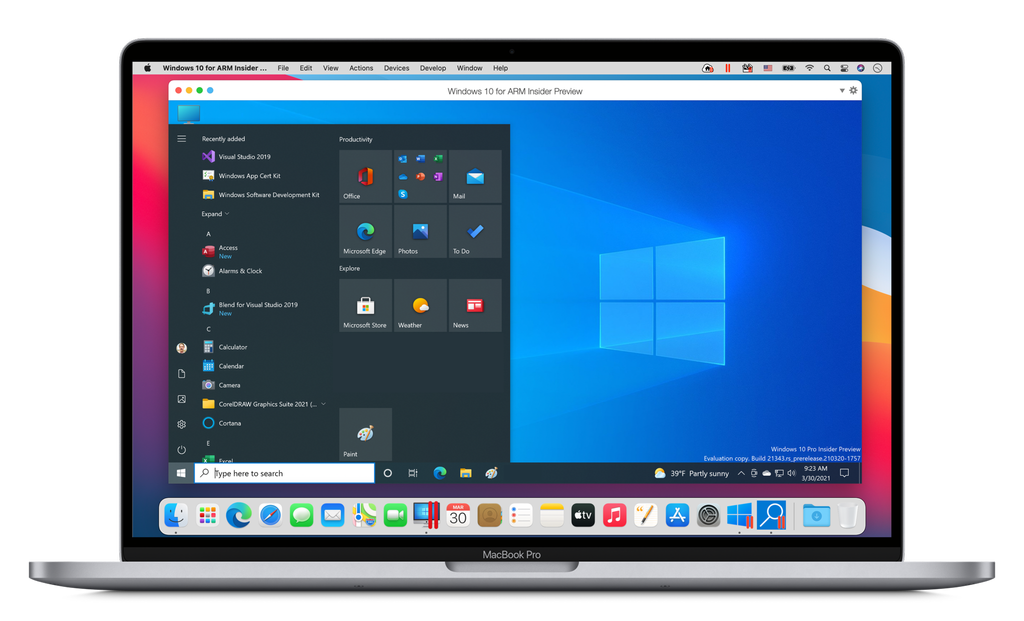

Upon clicking it, you'll be presented with the Microsoft EULA. Once the installation process is over, you'll get the Installation Complete prompt. Windows will be downloaded and installed automatically. To install Windows 11, run Parallels Desktop, then click on the Parallels icon in the Mac menu bar > Control Center > + > Get Windows 11 from Microsoft > Continue > Install Windows. For more information on Windows 11 compatibility issues, check out KB 128796.

Therefore, if an application does not run in Windows 11, it is either likely due to some misconfiguration, or the issue could be due to an application not being compatible with ARM architecture. However, Windows 11 should be fully compatible with all applications that Windows 10 is compatible with. And as a result, Windows 10 is no longer supported in Parallels Desktop on Mac computers with Apple M Chips. Note: Microsoft no longer provides support for Windows 10 ARM.

Win11 sees the TPM and UEFI boot security. I have checked all the device security settings that I can imagine. I have very few programs running on this platform, since it's rather experimental, yes.Īnyway, after various restarts and checks, I'm still getting this Win11 won't run on this hardware message. Within Win11, I already had the data execution settings established for all programs, not just Windows essentials. Today, I installed Parallels v17 (I have a Pro license) and I went through the various steps to enable the TPM in the h/w page and set the UEFI flags in the Boot Order settings. When the Beta version of Win11 was announced, the Update page started to state that my computer didn't meet the H/W requirements for Win11, and that I'd have to fall back to Win10 at some point.

Lately, I'd been running the Dev version of Win11 ARM on Parallels 16 on a new M1 MacBook Air. I've been running Parallels for years on various Macs, so I'm not a newbie by any stretch.


 0 kommentar(er)
0 kommentar(er)
